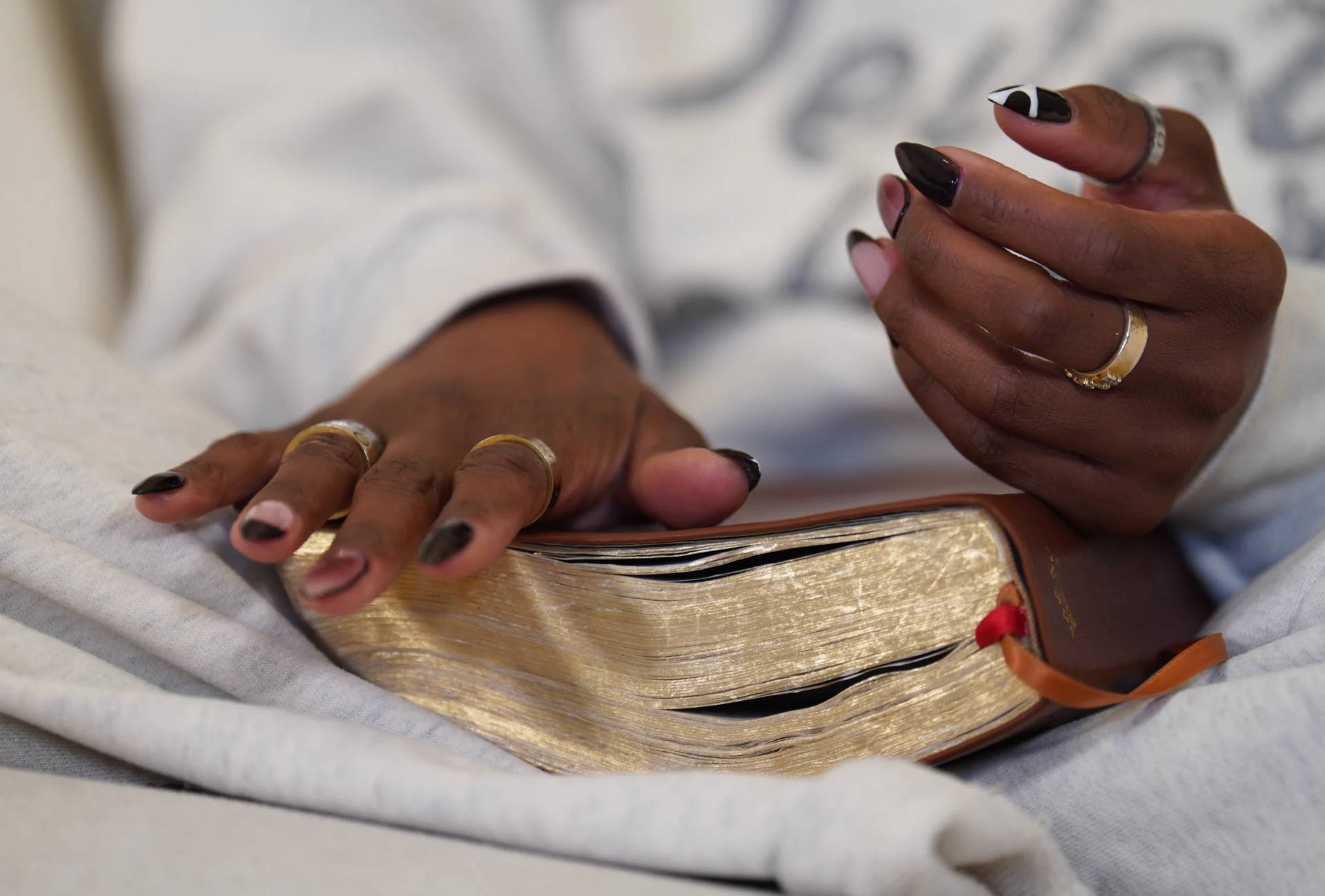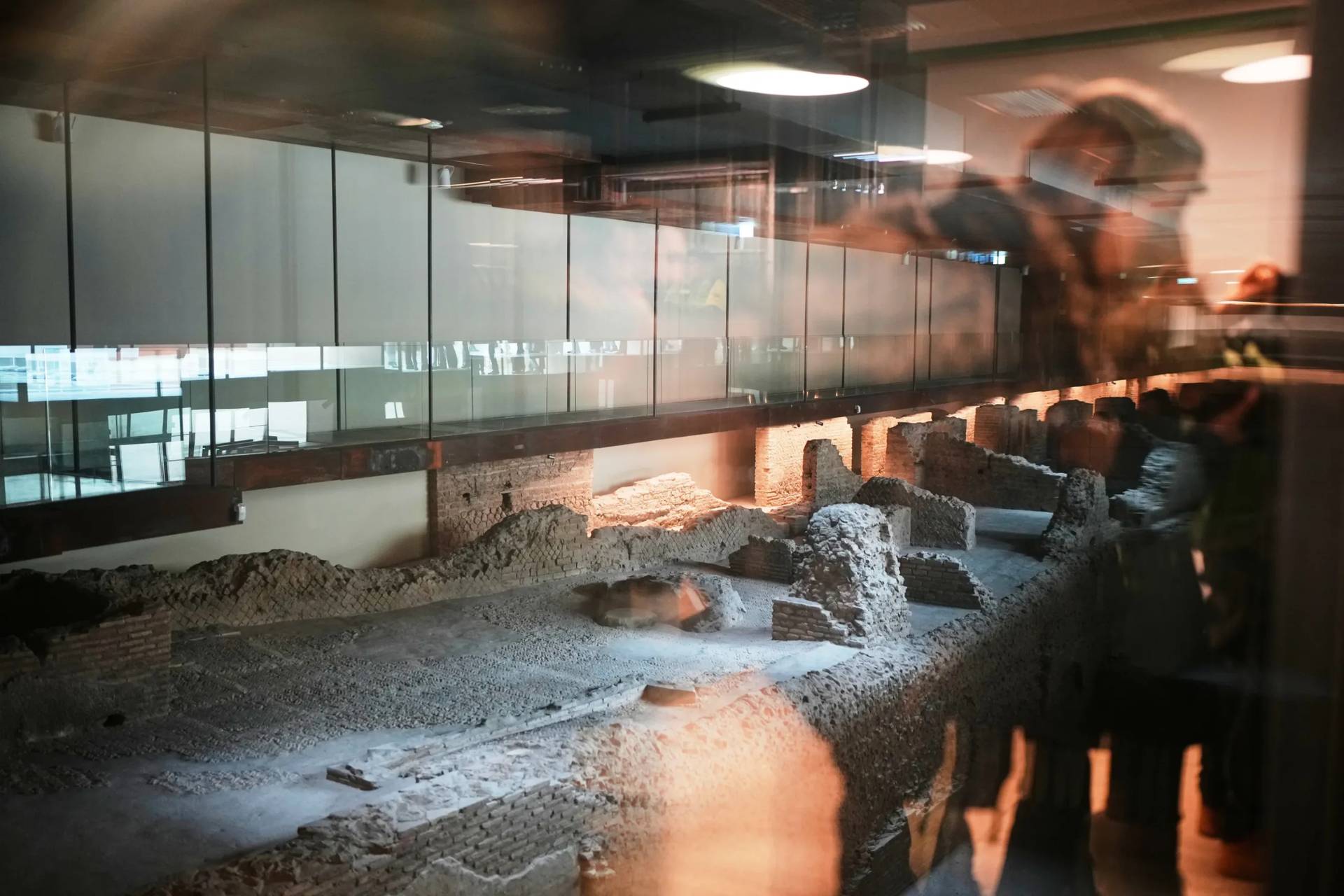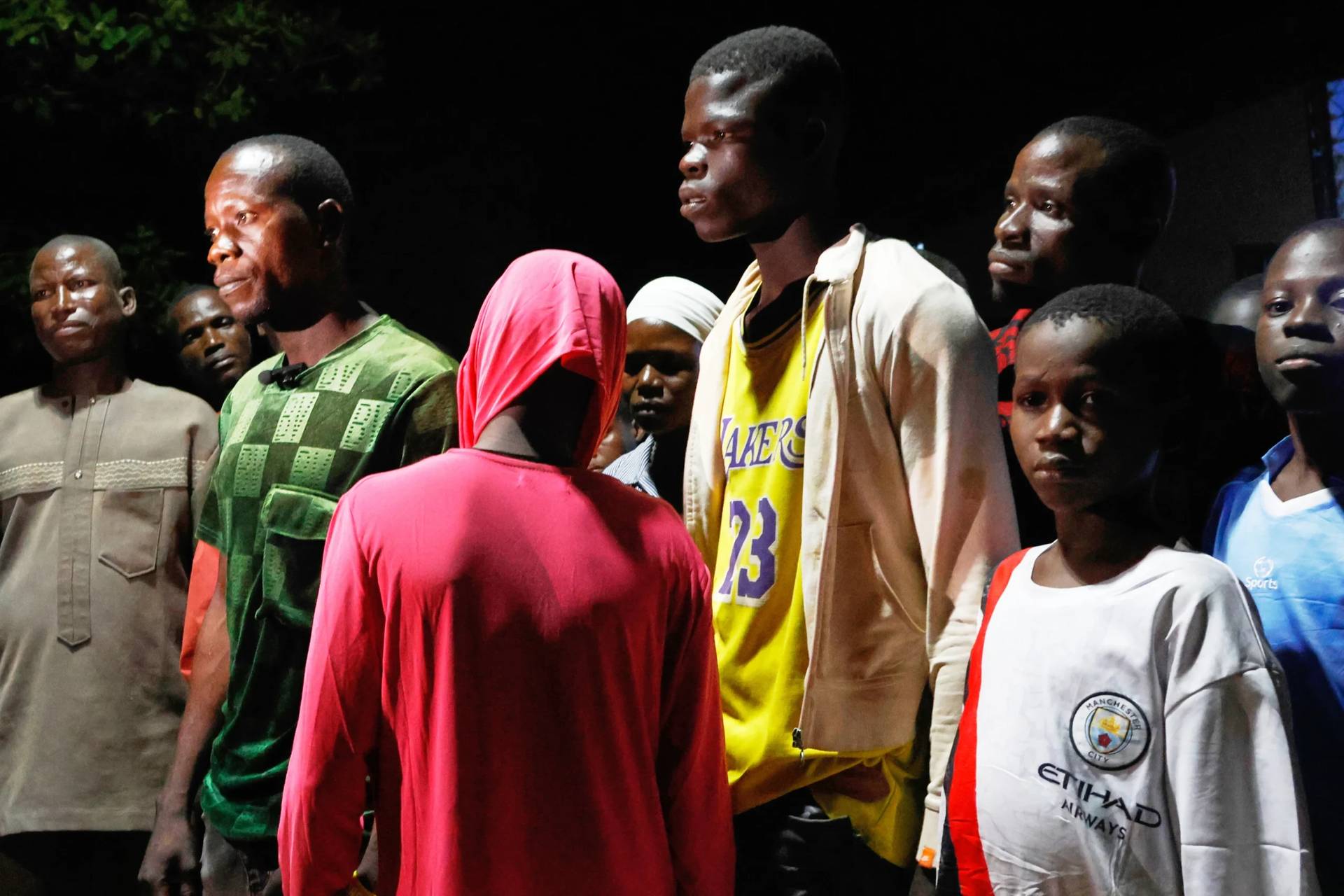ROME – Watching disturbing developments in politics, entertainment, the economy and even the Catholic Church – especially in light of a recent summit in Rome focusing on the sexual abuse of children by clergy – many people in the 21st century could be forgiven for thinking that the idea of robots taking over the world might not be so bad.
But a conference organized by the Vatican’s Pontifical Academy for Life on Monday mixed enthusiasm with caution regarding recent developments in artificial intelligence, emphasizing the importance of placing the human person at the center.
“An appeal for a new alliance of humanism and technology” was at the heart of the introductory speech by Italian Archbishop Vincenzo Paglia, the head of the academy.
His speech opened the Feb. 25-26 workshop on “Robo Ethics: Humans, Machines and Health,” which attracted some of the most pioneering engineers, developers and scientists, Catholic and not, to discuss the ever-growing field of Artificial Intelligence.
Among the speakers was Hiroshi Ishiguro, a Japanese innovator in the field of androids and interactive robotics. He is globally known for his hyper-realistic robots capable of sustaining 10 to 15-minute conversations with humans.
“I want to create a human-robot symbiotic society,” Ishiguro said, adding that his hope is to create a compassionate robot that could easily pass the “Turing test,” which means it’s capable of fooling a human into thinking that it’s not a machine.
The director of the Intelligent Robotics Laboratory in Osaka, Japan, is also famous for creating an AI copy of himself, “his twin,” which he claims to have developed not only to avoid travel but also to delve into the secrets and mysteries of the human mind.
Ishiguro, crossing from innovator to futurist, asked participants, “What will happen in 100,000 years?” and providing his own glimpse at the future developments of humanity. For the innovator, the greatest innovations can be expected from gene editing and robotics.
“We may have a huge variety in our bodies and new evolutions,” he said. Enthusiastically, Ishiguro mused about the possibility of eventually substituting the human brain altogether for a computer, dismissing the fears presented “by the bad influence of very bad Hollywood movies.”
“We would obtain immortality,” he said.
Speaking to small group of reporters after his speech, Ishiguro explained his reasoning behind attending a conference on robotic ethics at the Vatican. Not only did he say that “of course” it is necessary to apply moral wisdom to AI, but also (and surprisingly) that “everything happens in this country first.”
“Is it ok to create a human-like robot?” Ishiguro said he asked Vatican representatives, “and the Vatican said yes, Why not?”
More important than having the appearance of being human, said Swiss engineer Aude Billard, “is to make robots that actually make our life better.”
Billard’s claim to fame are her robots capable of catching objects in flight and their relatively nimble movements. For her, robots fulfill the necessity of having someone (or something) perform tasks that humans don’t want to do, not unlike the widespread introduction of washing machines in modern homes.
“For centuries, we have treated humans like machines,” Billard observed, adding that “robots are very good at dull, repetitive jobs” and therefore make human life easier.
What AI and humans have in common, she said, is their ability to acquire knowledge. Robots have an amazing capacity for registering even enormous amounts of information, which Billard explained can be “a flaw” given the fact that part of human intelligence is understanding what information is necessary and what instead can be discarded.
This, she said, is where humans step in. People can teach robots how to perform tasks, but Billard said it’s also necessary for humans to learn how to teach a robot. As she spoke, the professor showed videos representing robots struggling to walk, or even stand, and needing the patient guidance of humans who have collected the necessary data to perambulate over millennia.
As we bring a new reality into existence, the computer scientist said, it will be up to us to decide the outcome.
“If robots ever hurt humans it will be because of us,” Billard warned. “Let’s use them wisely.”
While for Ishiguro artificial intelligence may be the new humans, and for Billard a new instrument, according to Italian robotics expert Roberto Cingolani robots may represent a “new species.”
The scientific director at the Italian Institute of Robotics in Genoa offered a hypothesis, taking into account the possibility of an AI brain capable of competing with human intelligence, of “millions of robots with one collective intelligence.”
While an AI robot “hive” may sound terrifying, Cingolani urged people to avoid “being catastrophic” and “not to be afraid of what we don’t understand.”
The solution, he added, can be found in further study with the goal of creating a “balanced relationship with humans and technology.”
The scientist’s zeal for a more fully integrated approach to technology was tempered by Paglia’s careful admonitions.
“In order to keep technology human, we must remain human,” the archbishop said to the more than 400 people gathered at the New Hall of the Synod in Vatican City.
To avoid a “Faustian outcome,” he warned, “we must be resolute in not selling our soul, not even to obtain the immortality of the body.”
“Because that body, without our soul, despite its beauty and efficacy, would be a terrible monster,” he added.
Paglia said that the Pontifical Academy for Life “will be neither apocalyptic nor integrated” regarding the topic of AI, adding that technology can be a blessing when aimed at “curing life” despite appeals at efficiency and welfare.
“Human life is worthy by its nature of passion and compassion, from its beginning to its end, no matter how vulnerable, failing, hurt or mortified,” he said.
The archbishop concluded by stating that fast-paced advancements in robotics and artificial intelligence have led the academy to make it the topic of next year’s workshop too.














